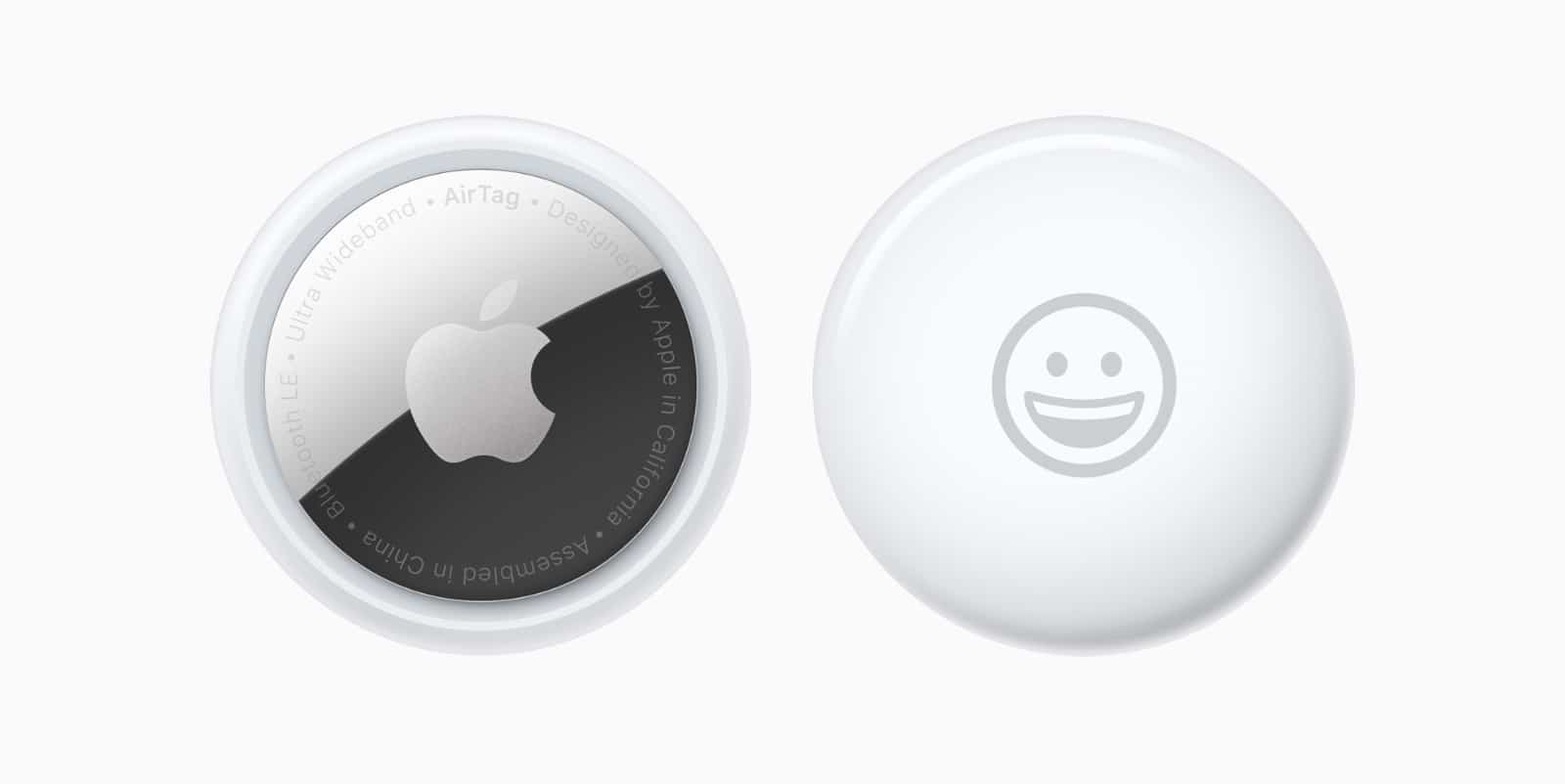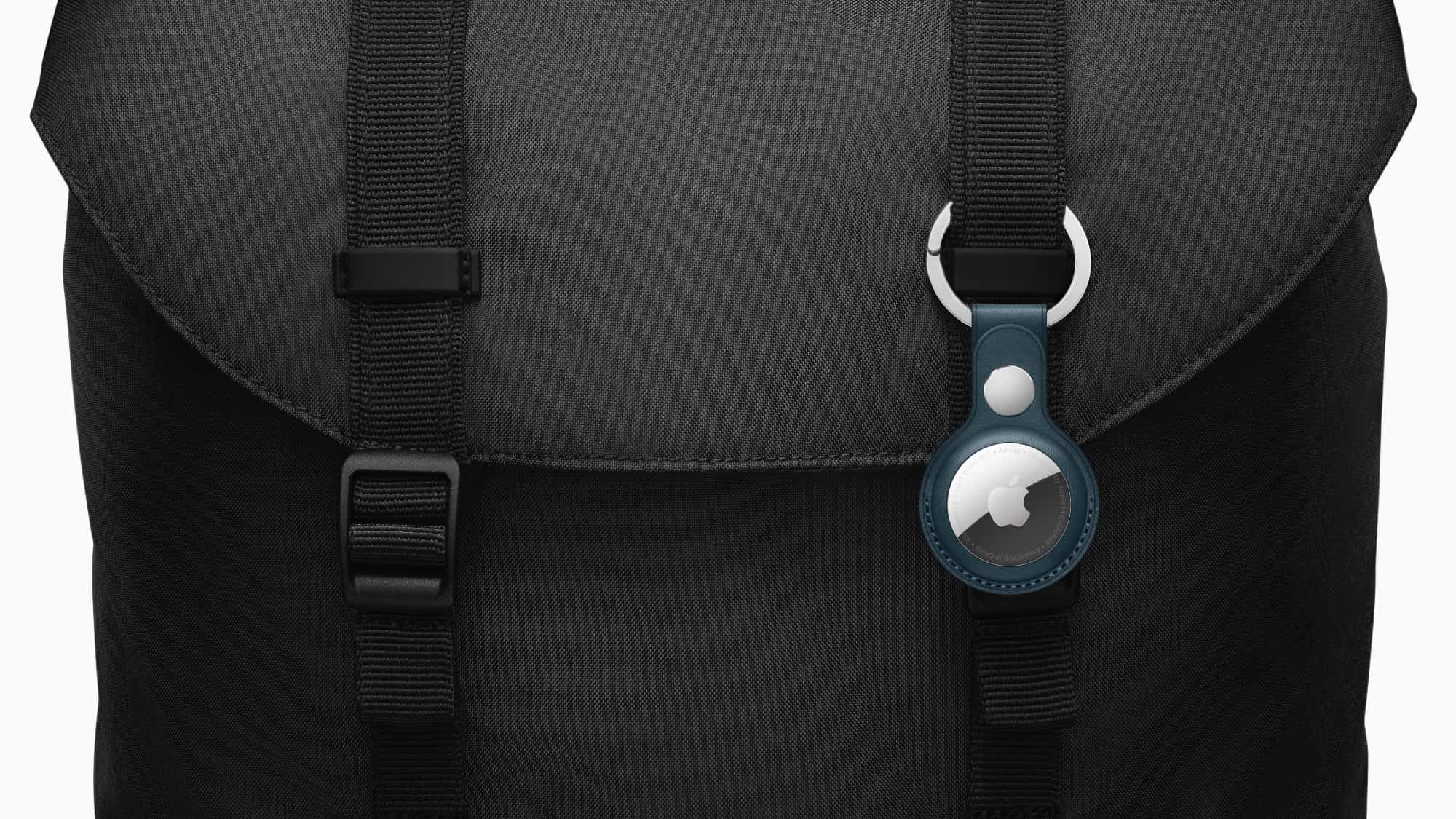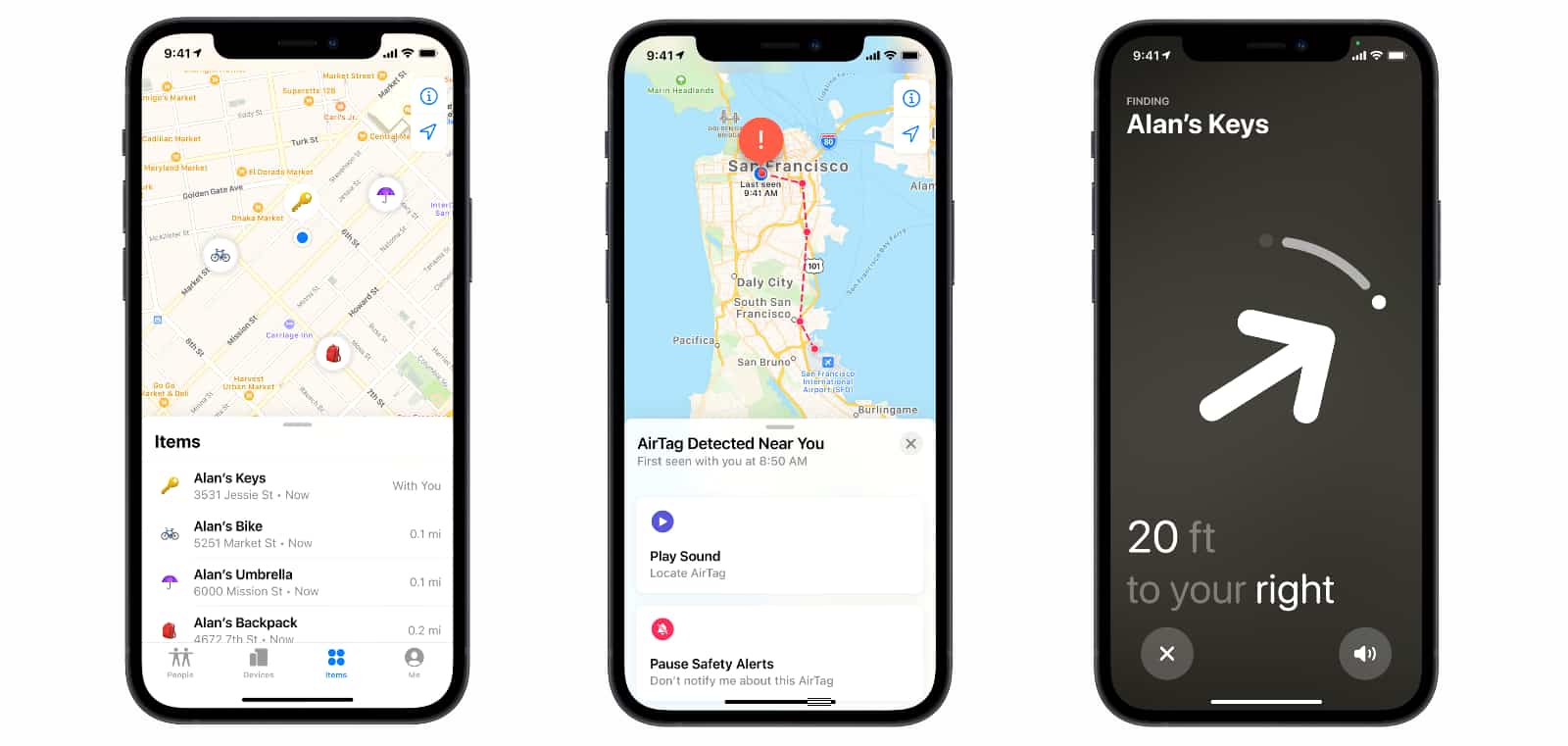There’s more in your life that isn’t your phone, but if you’re an iPhone owner, you might soon be able to track it the exact same way.
The expansion of Apple’s Find My network to third party devices not too long ago was just the beginning of how Apple planned to make Find My a little more interesting, it seems.
This week at the Spring Forward event where a new iMac, a new Apple TV, and a couple of new iPad Pro models all made an appearance, so too did an addition to the Apple Find My network.
Anticipated for quite some time, Apple has launched the AirTag, or even several AirTags, little circular tracking tags that will use the Find My network to bring tracking to other things in your life that don’t have it. That might be a backpack or a pair of headphones not made by Apple, but it could really be anything: an umbrella, a bike, travel luggage, anything and everything you can attach a tag to.
Each Apple AirTag is a small stainless steel circular gadget with a built-in speaker to signal to you to help the tag be found, with the whole thing being IP67 water resistant, and talking to devices with crowd tracking using Bluetooth and the Apple U1 Ultra Wideband chip.
It’s largely the same technology as what’s in the AirPods, and each AirTag can be named and even engraved, with the tags basically being tracked when they’re within range of iPhone 11 and iPhone 12 owners.
It’s not just owners of those phones, though. Owners of any Apple device with Find My enabled on them will essentially keep tabs on AirTags, and while those owners won’t know the AirTags are talking to them, the trackers will use Bluetooth signals to help people find their AirTags and lost items. In essence, Apple is using the power of its gadget base spanning nearly one billion Apple devices to keep things located, working with the Find My network and a phone’s camera, accelerometer, ARKit, and even sound and haptics on the AirTag itself.
If this all sounds like jargon, then think of the AirTag like this: it’s a tag that you attach to something, and the power of Apple’s devices in the vicinity helps keep it tracked, even if owners of other devices have no idea it’s happening. They’ll never see your device or its location, and it just happens in the background, privately and without details.
It’s worth noting that Apple isn’t the only company to try something like the AirTags. Tile also offers a similar concept that works on both iOS and Android, as does TrackR. Samsung also has a variant in the Smart Tag, and Telstra at one point launched a locator tag, too. So Apple’s AirTag isn’t exactly a new concept per se, but Apple does have lots of devices out there, potentially strengthening its network of trackers in a way few can compete with.
“We’re excited to bring this incredible new capability to iPhone users with the introduction of AirTag, leveraging the vast Find My network, to help them keep track of and find the important items in their lives,” said Kaiann Drance, Vice President of Worldwide iPhone Product Marketing at Apple.
“With its design, unparalleled finding experience, and built-in privacy and security features, AirTag will provide customers with another way to leverage the power of the Apple ecosystem and enhance the versatility of iPhone.”
In Australia, the AirTags will be made available for $45 per one and $149 for four, set to be available from April 30. Technically, they’ll be compatible with anything, but only trackable if you own an Apple device with access to the Find My network.









